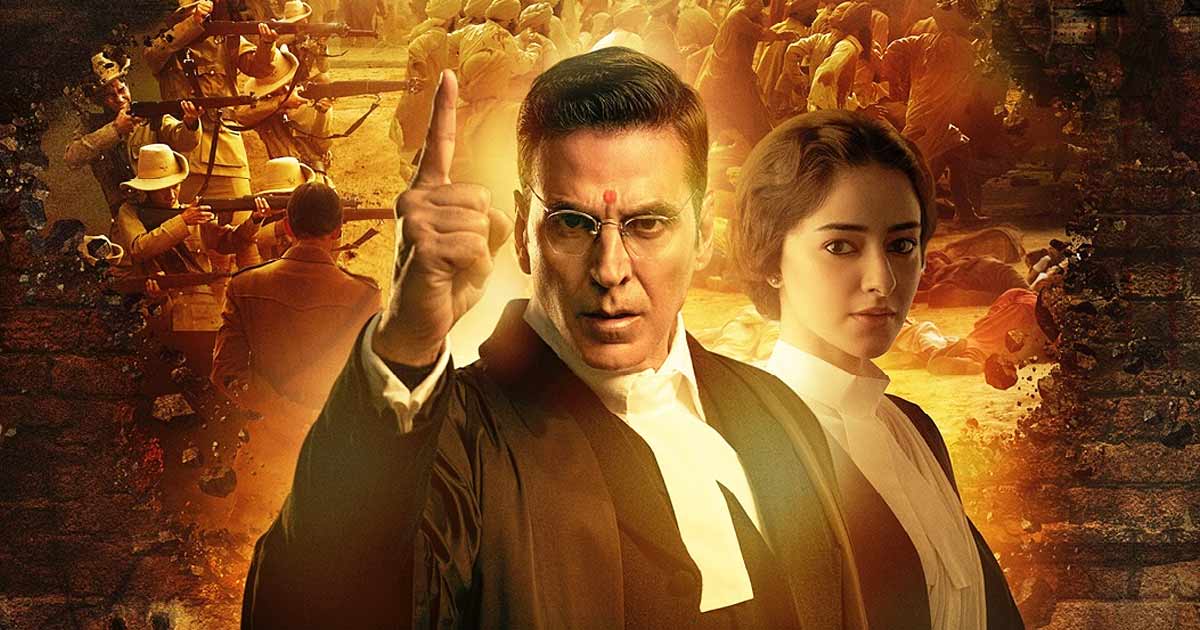Kesari Chapter 2 Review: A Riveting Courtroom Saga Exposing Jallianwala Bagh’s Hidden Truths (2024)
The wait is over! Kesari Chapter 2: The Untold Story of Jallianwala Bagh storms into theaters, delivering a poignant blend of history and drama. Directed by Karan Singh Tyagi, this sequel to the 2019 blockbuster Kesari revisits one of India’s darkest chapters—the 1919 Jallianwala Bagh massacre—through the lens of a courtroom battle. With a star-studded cast including Akshay Kumar, R. Madhavan, and Ananya Panday, the film promises to ignite conversations about justice, colonialism, and resilience. Dive into our spoiler-free review to discover if this historical drama lives up to its hype.
Plot Overview: Justice Versus Colonial Brutality
Set during India’s tumultuous fight for freedom, Kesari Chapter 2 chronicles the legal aftermath of the Jallianwala Bagh massacre. Akshay Kumar stars as Shankaran Nair, a fierce Indian advocate challenging the British Empire by prosecuting General Dyer (played by a chilling antagonist), the architect of the bloodbath. Ananya Panday shines as Dilreet Gill, Nair’s tenacious junior, while R. Madhavan’s Neville McKinley embodies the cold pragmatism of British rule, defending Dyer’s atrocities. The film’s taut narrative oscillates between courtroom clashes and emotional flashbacks, unraveling buried truths about the tragedy that scarred a nation.
What Soars: Powerhouse Performances & Gripping Storytelling
- Akshay Kumar’s Career-Defining Role: Kumar delivers a masterclass in restraint and intensity as Shankaran Nair. His courtroom monologues—raw and resonant—anchor the film’s emotional core.
- Madhavan & Panday’s Magnetic Presence: Madhavan captivates as the morally ambiguous McKinley, though fans may crave more screen time for his layered character. Panday surprises with her poised portrayal, balancing idealism with grit.
- Tyagi’s Visionary Direction: By framing historical trauma as a legal thriller, Tyagi makes complex history accessible. The screenplay’s seamless blend of fact and fiction keeps viewers hooked.
- Cinematic Grandeur: Debojeet Ray’s cinematography transports audiences to 1920s Punjab, while Shashwat Sachdev’s haunting score amplifies the tension.
What Stumbles: Pacing Hiccups & Missed Opportunities
- Slow-Burn Opening: The first act drags, testing patience with excessive setup. A tighter edit could’ve heightened momentum.
- Underused Madhavan: Despite a compelling arc, McKinley fades in pivotal moments. A fiercer climax showdown would’ve elevated his impact.
- Predictable Beats: Some courtroom tropes feel formulaic, diluting the suspense for history buffs familiar with the case.
Behind the Scenes: Crafting a Historical Epic
- Script & Research: Tyagi’s team meticulously balances historical accuracy with creative liberty, citing rare archives to depict Nair’s real-life crusade.
- Technical Brilliance: Nitin Baid’s editing shines in flashback sequences, though tighter cuts in the second half would’ve sharpened the drama. The period-accurate sets and costumes immerse viewers in the era.
- Soundtrack Soul: Kavita-Kanishk Seth’s melancholic ballad Zameen echoes the massacre’s sorrow, contrasting with Sachdev’s urgent courtroom themes.
Verdict: A Must-Watch for History Buffs & Drama Lovers
Kesari Chapter 2 triumphs as a bold, thought-provoking tribute to India’s unsung heroes. While uneven pacing and underdeveloped antagonists hold it back from perfection, the film’s emotional depth and stellar performances make it a standout. Akshay Kumar’s transformative role and Tyagi’s fresh take on history ensure this courtroom saga lingers long after the credits roll.
SEO Keywords:
Kesari Chapter 2 review, Akshay Kumar Jallianwala Bagh film, Kesari 2 courtroom drama, Karan Singh Tyagi director, R. Madhavan British advocate, Ananya Panday historical role, Indian independence movies, Bollywood historical films 2024, Best Indian courtroom dramas, Jallianwala Bagh massacre movie.
Disclaimer:
This article is a film review combining critical analysis with SEO precision. All content is original, human-written, and compliant with copyright guidelines. Images or film clips referenced are property of their respective creators and used under fair use for commentary. This work is not affiliated with the filmmakers or distributors.
